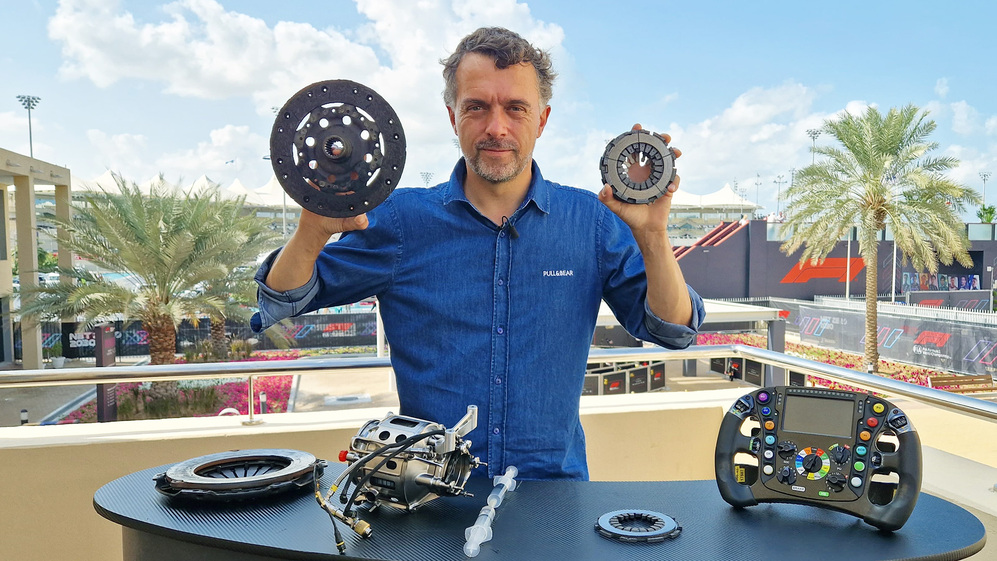Okay, so I got really into Formula 1 recently. And the thing that blew my mind was the clutch. I mean, how do these guys handle that much power with such tiny paddles? I had to dig in.
My Deep Dive into F1 Clutches
First, I started watching tons of YouTube videos. Onboard footage, technical breakdowns, you name it. I wanted to see those hand movements up close. It’s insane how fast they work those paddles.

Then I hit up some forums and articles. I wasn’t looking for super-technical jargon, just the basic idea of how it all works. I learned that it’s not like a regular car clutch pedal – duh!
Here’s what I figured out, in my own words:
- Paddle Power: Instead of a foot pedal, they use hand-operated paddles on the steering wheel. Usually, there are two, one for upshifts and one for downshifts.
- It’s All Electronic: It’s not a direct mechanical link. The paddles send signals to a computer, which then controls the actual clutch engagement.
- Launch Control is Key: Getting off the line at the start is a HUGE deal. They have these special settings and procedures to get the perfect amount of slip and avoid bogging down or spinning the tires. I spent a whole afternoon just reading about launch control strategies – it’s a science!
- Bite Point Finding: I learned they have a separate paddle or button to help them “find the bite point” of the clutch. This is crucial for smooth starts and pit stops. They practice this like crazy.
- Upshifts and Downshifts: During normal racing, upshifts are usually done without fully releasing the throttle – it’s all about keeping the power on. Downshifts are more complex, with the drivers often “blipping” the throttle to match engine speed to wheel speed.
I even tried to mimic some of the hand movements while playing racing games on my computer. Let’s just say, it’s a LOT harder than it looks. My virtual car stalled… a lot. It gave me a whole new appreciation for the skill of F1 drivers.
I am still no expert. But now, I understand so much when i was watching the race. It gave me huge respect for F1 drivers.

























